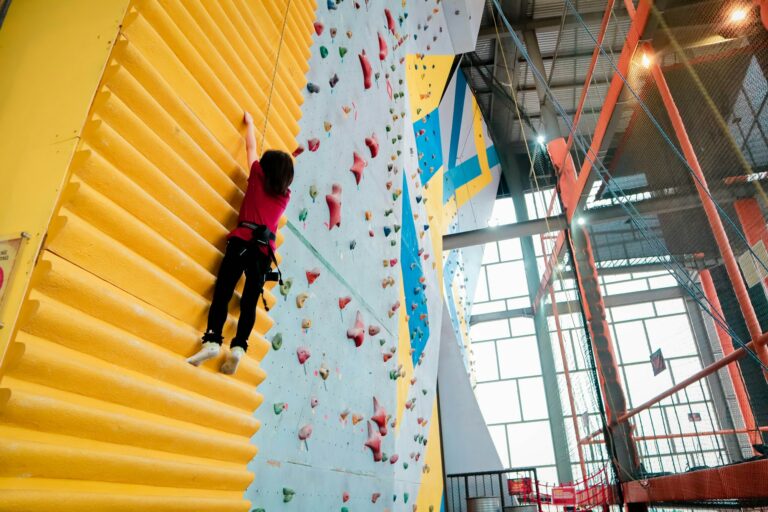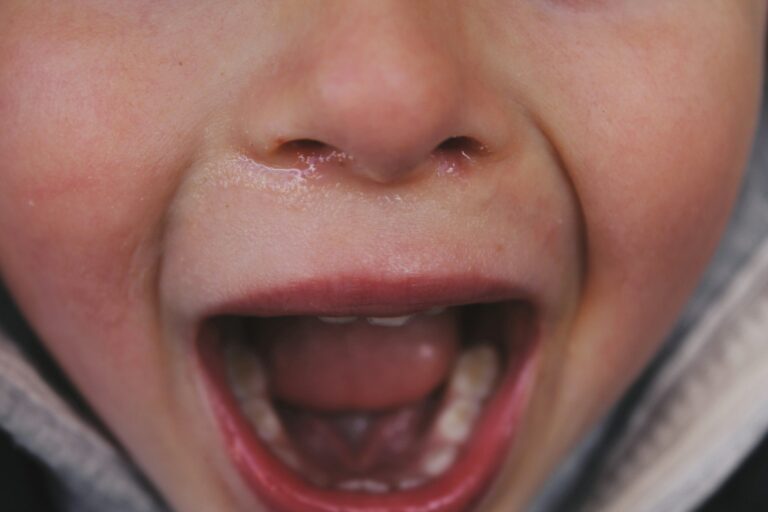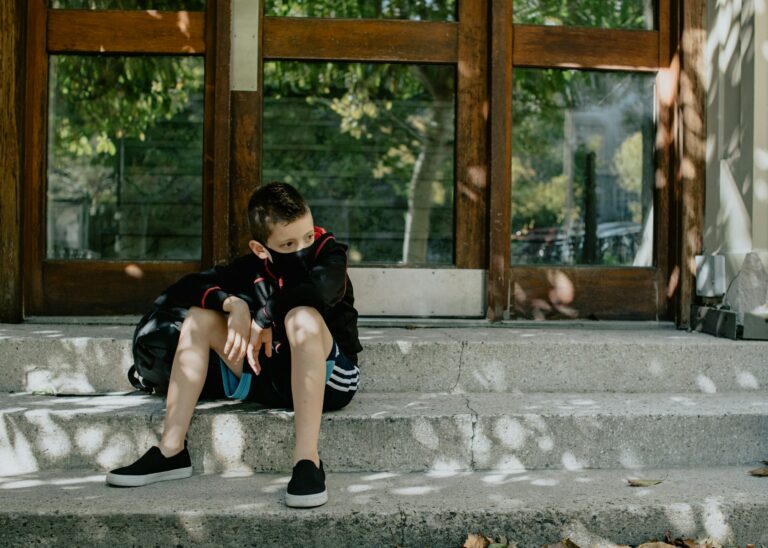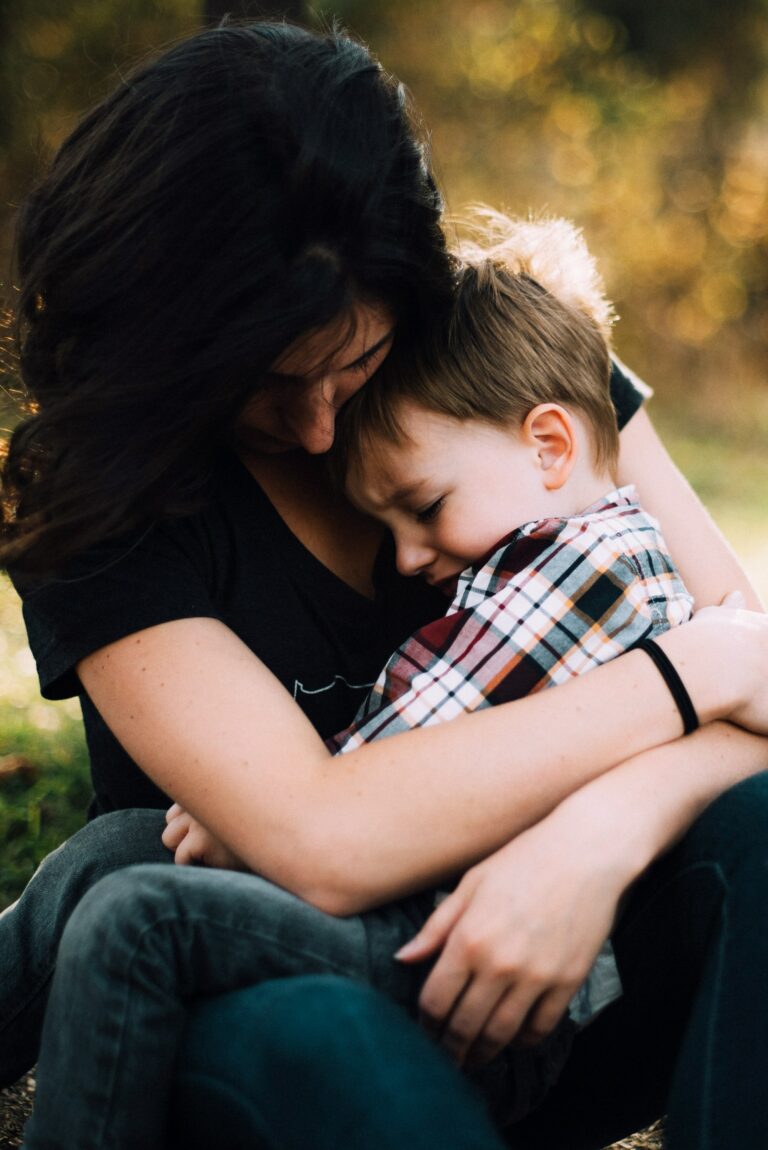It may start quietly—a subtle shift in your child’s demeanor, the hint of reluctance on school mornings, an unexplained headache recurring without warning. Suddenly, the reality becomes impossible to ignore: school bullying casts a long shadow over countless children’s educational journeys and mental health. For parents, the question becomes urgent—how to spot the signs, understand the mechanisms, and respond with both medical rigor and empathetic support? The maze of physical and psychological symptoms, the silent ache of social exclusion, and the opaque web of school and legal protections—each raises new concerns, and each calls for grounded, accessible answers. This exploration addresses the science behind school bullying, the risk factors and warning signs, and offers practical, actionable guidance tailored for modern parents.
What Distinguishes School Bullying? Medical and Societal Insights
What exactly separates school bullying from ordinary playground disagreements or sudden bursts of conflict? The distinction, rooted in psychological research, hinges on three pillars: deliberate harm, repetition, and an imbalance of power—whether social, physical, or emotional. Unlike isolated scuffles that resolve, bullying endures, often escalating and branching into the digital realm (cyberbullying) or manifesting through hushed rumors. Pediatric studies show bullied children are more likely to suffer from psychosomatic disorders—recurring headaches, abdominal pain, or even sleep disturbances—tractable symptoms that pediatricians now recognize as frequent red flags. Beyond the physical, the neurobiological footprint is significant. Recurrent exposure to stress hormones disrupts healthy emotional regulation, potentially impairing neural circuits involved in trust, learning, and resilience.
Unpacking the Vocabulary: Types of Bullying and Clinical Indicators
- Physical bullying: Manifesting as hitting, pushing, or confiscation of belongings, this form often leaves visible injuries. Pay close attention to unexplained bruises, guard-like postures, or hypervigilant responses.
- Verbal bullying: Insults and persistent taunting corrode self-esteem. Children may retreat socially, display a sharp drop in academic performance, or verbalize unusual fears.
- Social/Relational bullying: Subtler but equally damaging, this includes exclusion, gossip, and the calculated dismantling of social connections. Hesitance to attend group events, shifting friendship patterns, or abrupt disinterest in previously-loved activities may signal relational harm.
- Cyberbullying: The digital arena extends the reach of aggression—text messages, social media posts, or group chat exclusion—producing emotional distress, secrecy about device use, and sudden withdrawal from online interactions.
- Identity-based or sexual bullying: Targeting a child’s gender, race, disability, or orientation, victims often experience profound mood swings, shame, and avoidance behaviors.
It’s not always a clear narrative—often, signs overlap or are masked by silence, particularly in preadolescents. Pediatricians and mental health professionals see frequent comorbidity: headaches mixed with anxiety, sleep troubles paired with social withdrawal, irritability shadowed by failing grades.
Patterns and Prevalence: Age, Gender, and Sociocultural Context
Is bullying the same for a six-year-old as for a sixteen-year-old? Not at all. Younger children encounter overt physical aggression more frequently, while adolescents grapple with the subtleties of relational aggression and the ever-present threat of cyberbullying. Epidemiological studies—whether from the United States, where nearly 20% of students are affected, or France, where 12% of children recently reported victimization—make clear that no education system is immune. Boys report more physical altercations; girls often face psychological and sexualized harassment; both suffer the consequences.
Local factors—such as inadequate adult supervision, ambiguous disciplinary policies, or normalized aggressive behaviors—serve as accelerants. Conversely, well-supported environments with active anti-bullying programs demonstrate measurably lower rates of school bullying.
The Roots: Risk Factors and Causes of School Bullying
Scientific research paints an intricate picture: genetics, temperament, and environment intertwine. Children who are impulsive, find emotion regulation difficult, or display marked differences (due to weight, recent school arrival, or disabilities) are at greater risk, both as targets and as aggressors. The aggressor’s profile can be surprisingly diverse:
- Active perpetrators actively orchestrate bullying behaviors seeking dominance.
- Passive perpetrators join once the dynamic is underway, sometimes to avoid becoming targets themselves.
On the other side, victims may fit into:
- Passive targets (isolated, anxious, less likely to retaliate)
- Provocative targets (those who perhaps unintentionally trigger group hostility)
Family settings matter deeply—a home with inconsistent boundaries, parental conflict, or socioeconomic stressors can echo into the classroom. Exposure to violence, whether directly or through media, rewires children’s coping mechanisms, sometimes distorting their sense of safety and moral judgment.
Recognizing the Warning Signs: A Pediatrician’s Eye
Children rarely volunteer, “I’m being bullied”—shame, fear, and protective loyalty often silence them. What, then, should parents notice? Common flagposts:
- Somatic symptoms: Recurring headaches, stomachaches, vague aches that seem to have no clear cause and don’t respond to typical home remedies.
- Behavioral changes: Reluctance or resistance to attending school, complaints about specific classmates, or abrupt changes in eating and sleeping habits.
- Academic performance: A sudden decline in test scores or disciplinary problems without previous history.
- Mood and emotional state: Uncharacteristic irritability, sadness, or outbursts; withdrawal from family routines.
If your child seems secretive or anxious after using digital devices, or you notice sneaky changes in their peer interactions, consider the possibility of cyberbullying. Similarly, if other children begin to avoid your child, or social invitations disappear, social aggression may be at play.
Health and Academic Consequences: The Evidence Speaks
The fallout from school bullying is profound, and the science is unequivocal. Victims are at higher risk for developing anxiety disorders, depressive symptoms, and even post-traumatic stress—a burden that can extend well into adulthood. The somatic dimension should not be underestimated: frequent visits to primary care physicians for headaches, unexplained gastrointestinal complaints, or insomnia—these are often the tip of the iceberg. Long-term tracking studies warn of increased academic disengagement, higher dropout rates, and persistent social isolation, not just for victims, but for aggressors and bystanders as well.
Adults who endured repeated bullying in childhood may report lower self-esteem, difficulties with trust and intimacy, or even persistent depressive and anxiety disorders—a testament to the far-reaching impact of these early traumas.
A Focus on Disability: Why Some Children Are Even More Exposed
Children with physical and cognitive disabilities find themselves statistically more vulnerable—not only do social cues and nonverbal communication present greater challenges, but mobility or neurodevelopmental differences create further power imbalances. Peer relationships, already fragile, are tested repeatedly, as isolation both increases risk and deprives these children of the support networks that might otherwise shield them from harm. For parents and teachers, timely recognition and swift, targeted intervention are non-negotiable.
Legal Protections, Policy Frameworks, and How Parents Can Respond
National regulations, whether in the US, UK, or EU, mandate robust anti-bullying policies—clear definitions, explicit reporting channels, and guarantees of non-retaliation. Protections often extend to children with disabilities, but the reality on the ground can differ. For parents, practical steps matter:
- Record incidents: Date, time, people involved, and actions taken.
- Communicate promptly, in writing, with school staff. Preserve every email and response.
- Persist—systematically follow up if concerns are dismissed.
- If school-level measures falter, escalate to regional authorities or, when necessary, seek legal counsel.
Many parents worry about backlash. Yet, professional guidelines are clear: educational institutions bear a legal and ethical duty to ensure every child’s right to a safe, harassment-free environment.
Medical and Practical Solutions: What Really Works?
- Positive school climate: International research confirms that consistent, enforced codes of conduct, paired with adult engagement, reduce the risk of school bullying. Respectful communication and meaningful relationships act as protective buffers.
- Teacher and staff education: Comprehensive training in spotting and halting bullying behaviors, especially for pediatric staff (school nurses, counselors), amplifies early intervention.
- Family-school alliances: Direct, ongoing communication; regular check-ins; shared problem-solving—all vastly increase detection and accelerate solutions.
- Empowering students: Peer-led interventions, bystander education, and trauma-informed teaching cultivate a more resilient student body.
- Sophisticated monitoring: Digital literacy programs for both students and parents (addressing cyberbullying head-on), secure reporting systems, and regular audits of school culture underscore the importance of multifaceted strategies.
Supporting Your Child: Building Emotional and Medical Resilience
Offer unwavering, non-judgmental support—listen carefully, validate feelings without diminishing their pain. Remind your child the fault never lies with them; shame thrives on isolation. If physical or psychological symptoms persist, don’t wait—pediatricians and child psychiatrists are trained to address both acute and latent effects of bullying trauma, offering trauma-informed care and interdisciplinary support.
Help your child develop coping strategies: role-playing scenarios, identifying safe adults, and recognizing warning signals. Collaborate closely with school personnel to establish safer routines; pursue professional help dynamically if withdrawal, depressive symptoms, or somatic complaints continue.
And sometimes, legal action becomes a last resort—not for revenge, but for safety and justice.
Illustrative Cases and Real-World Solutions
Open parental communication—simple questions at dinner, email exchanges with educators—can disrupt patterns before they harden. Peer support and bystander training (where students learn to safely intervene or seek help) correlate with stronger classroom safety and collective recovery. Schools invested in inclusive education, consistent anti-bullying policies, and seamless integration of medical resources (school nurses, psychologists) consistently report fewer incidents and healthier, happier children.
Key Takeaways
- School bullying endangers physical, emotional, and academic well-being—early vigilance and decisive action are your best defense.
- Symptoms can be medical (recurrent headaches, abdominal pain), psychological (anxiety, sadness), or social (isolation, withdrawal). Each sign is worth your attention.
- Family support, open communication with schools, and access to professional health resources foster true prevention and recovery.
- Children with disabilities require heightened awareness and specialized support—power imbalances are magnified but not unavoidable.
- Existing legal protections affirm your child’s right to a safe educational environment—document, communicate, and escalate when needed.
- A coordinated approach—school, family, healthcare—carries the greatest promise for lasting change.
- Custom support is available. For targeted advice, health questionnaires, and ongoing resources for your child, download the Heloa app to access a world of pediatric guidance at your fingertips.
Embrace both vigilance and optimism: school bullying is neither inevitable nor insurmountable. With informed, compassionate intervention, every child can once again feel secure, valued, and empowered—at home, online, and in the halls of their school.
Questions Parents Ask
How can I help my child regain confidence after experiencing bullying?
Supporting a child after bullying is an important step toward healing. You can encourage open conversations where your child feels heard and believed—remind them that what happened does not define their worth. Offer positive reinforcement for small achievements, help your child reconnect with trusted friends or join new activities in a welcoming environment, and celebrate their unique strengths. When needed, don’t hesitate to seek the help of a school counselor or a mental health professional—outside support can make a real difference. Remember, regaining confidence takes time, and your patience and encouragement are precious.
What can parents do if bullying happens outside of school, such as on the way home or online?
Bullying isn’t limited to the classroom—it can occur anywhere, including during commutes or online. If your child is targeted outside of school, reassure them that you are available and attentive to their worries. Collect details about what occurred and when. For incidents in public spaces (like on the way home), contacting local authorities or transportation staff can be a helpful step. For online harassment, save evidence (messages, screenshots) and utilize reporting tools on platforms. Rely on open communication with both your child and the relevant adults (school, transport, or digital support teams) to build a sense of safety. It’s encouraging to know that coordinated efforts often yield positive results.
How can I encourage my child to speak up if they witness bullying?
Teaching children to become active bystanders is valuable. You can talk to your child about the ways they can support someone being bullied—either by offering comfort to the person afterwards, alerting a trusted adult, or simply not participating. Suggest practicing scenarios at home so your child feels prepared. Let them know that even small actions can have a big impact, and reassure them that asking for adult help is always a strong and caring choice. Remind them that their safety matters, too, and there is no shame in seeking support.
Further reading:









